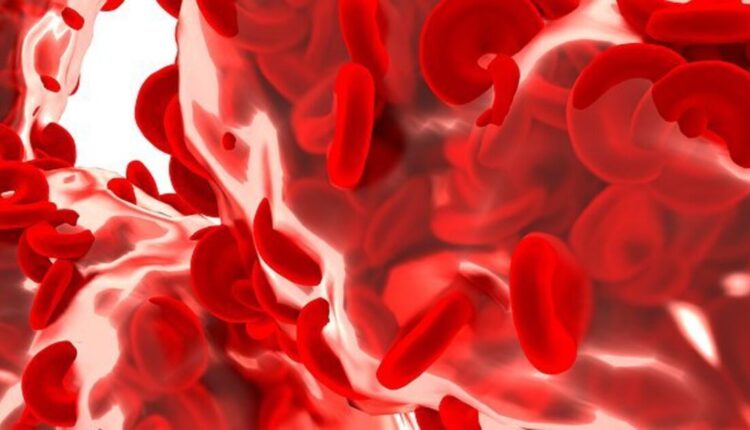Hemoglobin is a part of our red blood cells. It helps carry oxygen throughout the body and bind carbon monoxide and nitric oxide. Read on to find out more about this important substance. There are four subunits in haemoglobin.
Red blood cells contain haemoglobin.
Hemoglobin is a protein in red blood cells that distributes oxygen in the blood to body tissues. It also carries carbon dioxide. Haemoglobin molecules contain four iron-binding heme groups. Oxygen has a cooperative binding affinity with haemoglobin, and each haemoglobin molecule can bind up to four oxygen molecules. In this manner, haemoglobin increases the mass of circulating red blood cells.
Red blood cells are the lifeblood of the body. They carry oxygen to the tissues and remove waste. Hemoglobin is covered with a membrane made up of proteins and lipids. Hemoglobin gives blood its red colour. Hemoglobin transports oxygen and carbon dioxide from the lungs to the body’s tissues. The red blood cells are also very flexible, allowing them to pass through the tiny blood vessels in the body.
It transports oxygen
The iron-containing metalloprotein haemoglobin transports oxygen from the lungs to the body’s muscles and other tissues. It also has various other gas-transport duties. This molecule is also found in invertebrates. It also acts as a storage molecule for oxygen.
However, haemoglobin is not perfectly efficient in transporting oxygen. It can be damaged by carbon monoxide, which can reduce the oxygen affinity of the protein. This is because carbon monoxide competes with oxygen for binding sites in haemoglobin. This means that even small amounts of carbon monoxide can reduce the capacity of haemoglobin to transport oxygen.
Researchers are continuing to explore the functions of haemoglobin. They have found that it can be modified in various ways and reveals new factors contributing to its function. In addition, researchers are exploring the role of oxygen in the human body by analyzing how haemoglobin interacts with the body.
It binds nitric oxide.
The reaction between haemoglobin and nitric oxide is limited by the speed with which the NO diffuses into the heme pocket. This reaction results in the formation of nitrate, which is a biologically inert compound. Earlier, it was believed that haemoglobin binds NO only by inhibiting the signalling of NO in the body. Still, recent studies have shown that haemoglobin has several other mechanisms controlling its NO activity.
In normal blood flow, intracellular HbO2 consumes NO by limiting its diffusion into the red cells. However, this is not fast enough to interfere with vasoregulation. On the other hand, extracellular HbO2 is highly vasoconstrictive. Due to this effect, haemoglobin-based blood substitutes have been linked to an alarming rise in blood pressure.
It transports carbon monoxide.
Carbon monoxide is a poisonous gas and a significant cause of several human diseases. It is present in the air as an incomplete byproduct of combustion and affects the heme proteins that carry oxygen in the body. CO interacts with a key heme protein known as carboxyhemoglobin (COHb), which reduces the oxygen-carrying capacity of the blood. In addition, CO decreases the release of oxygen from the blood to the tissues.
When carbon monoxide binds to haemoglobin, the two molecules become bound together. While the oxygen is bound to one heme molecule, carbon monoxide binds with a much greater affinity. When carbon monoxide binds to haemoglobin, it cannot be reversible. As a result, carbon monoxide is an extremely potent poison.
It causes reactive oxygen species.
The production of reactive oxygen species (ROS) is a crucial signalling pathway in many biological processes. These molecules are generated by the body’s red blood cells (RBCs) and are responsible for maintaining the balance of redox in the blood. Haemoglobin, which comprises 95-97% of the RBC cytosol, is one of the major players in the initiation of oxidative stress in the body. When exposed to exogenous oxidants, haemoglobin undergoes autoxidation, which produces superoxide radicals. This radical is further activated by semi-chrome formation, leading to heme degradation and the release of free iron.
This process leads to the formation of ROS, which is harmful to the body. In addition to causing cellular toxicity, ROS can promote tumour development. These toxins can affect DNA, proteins, and lipids. The effects of ROS on cells are far-reaching and have been implicated in many human diseases, including atherosclerosis, cancer, and neurodegeneration.

